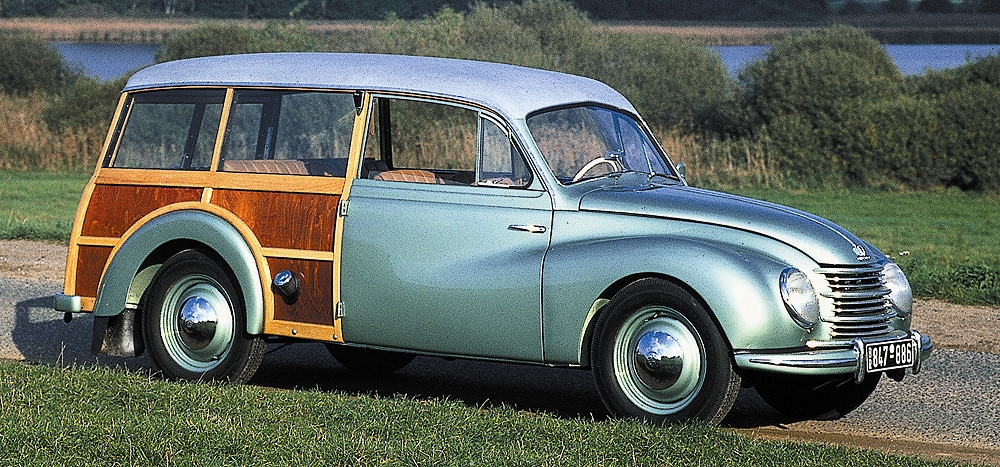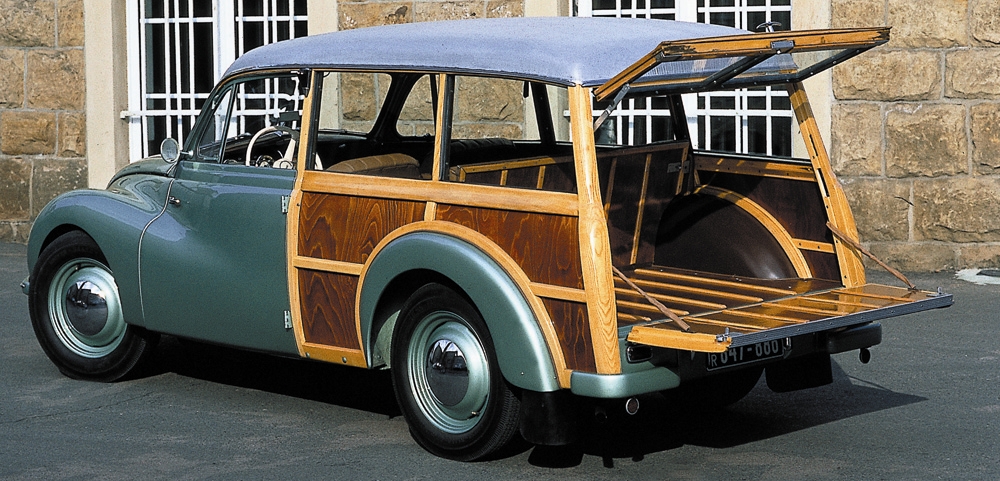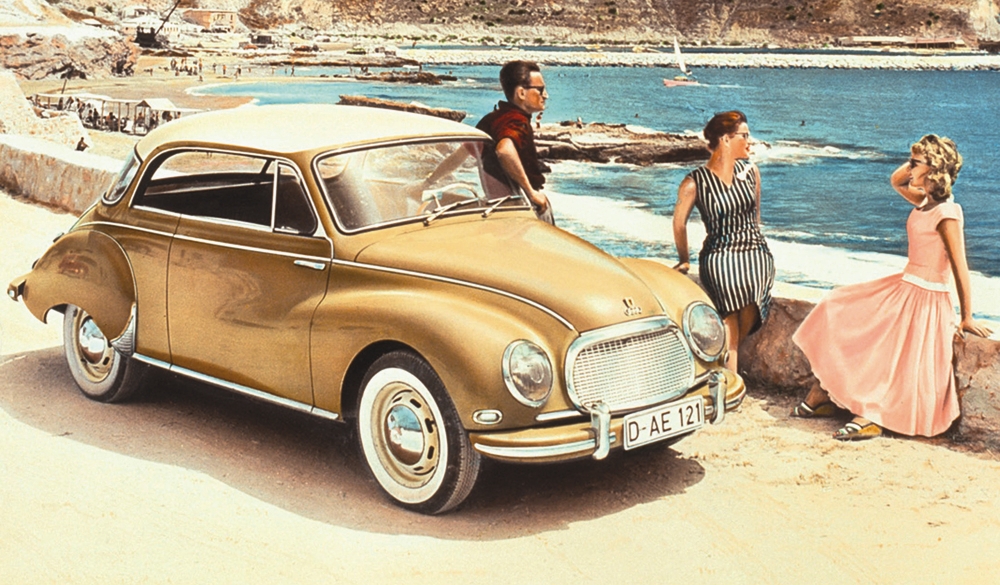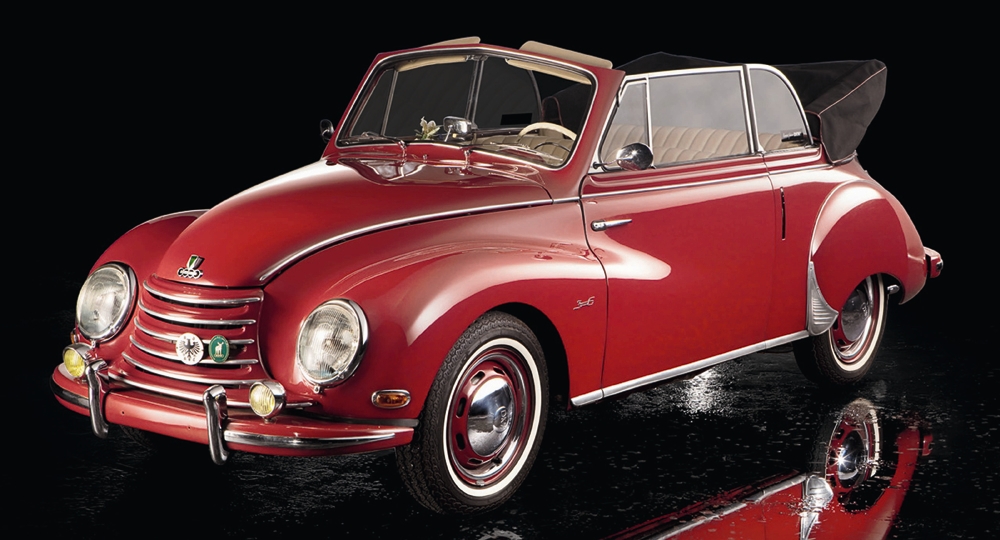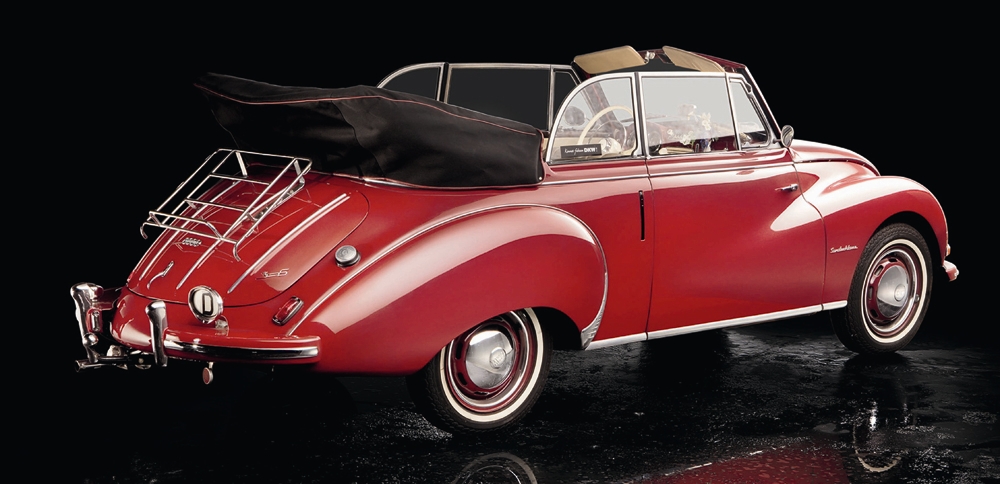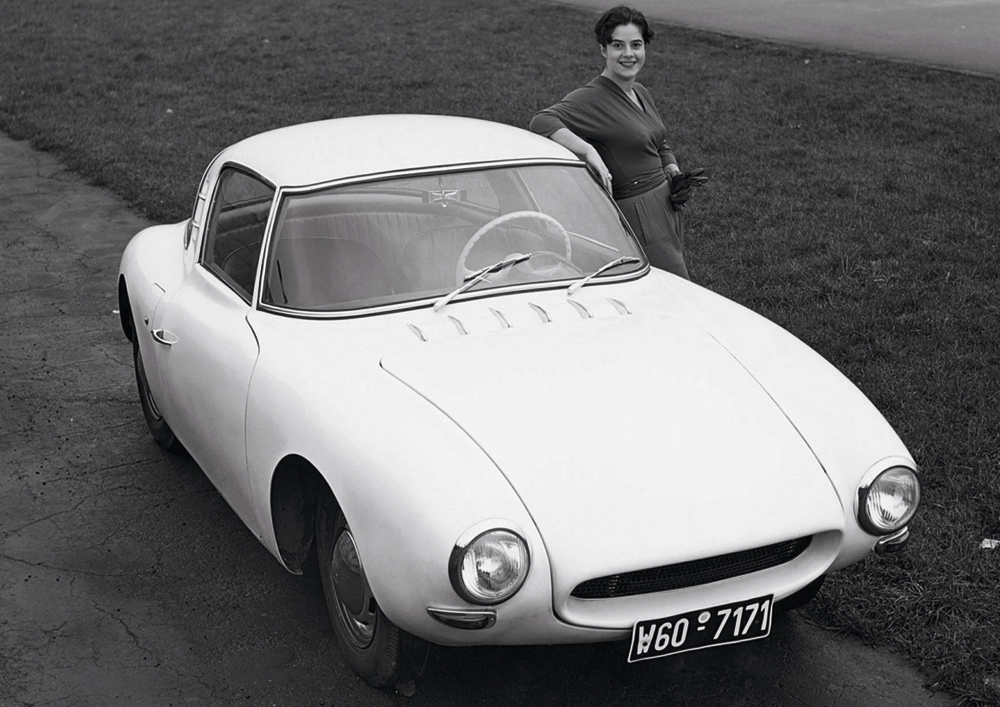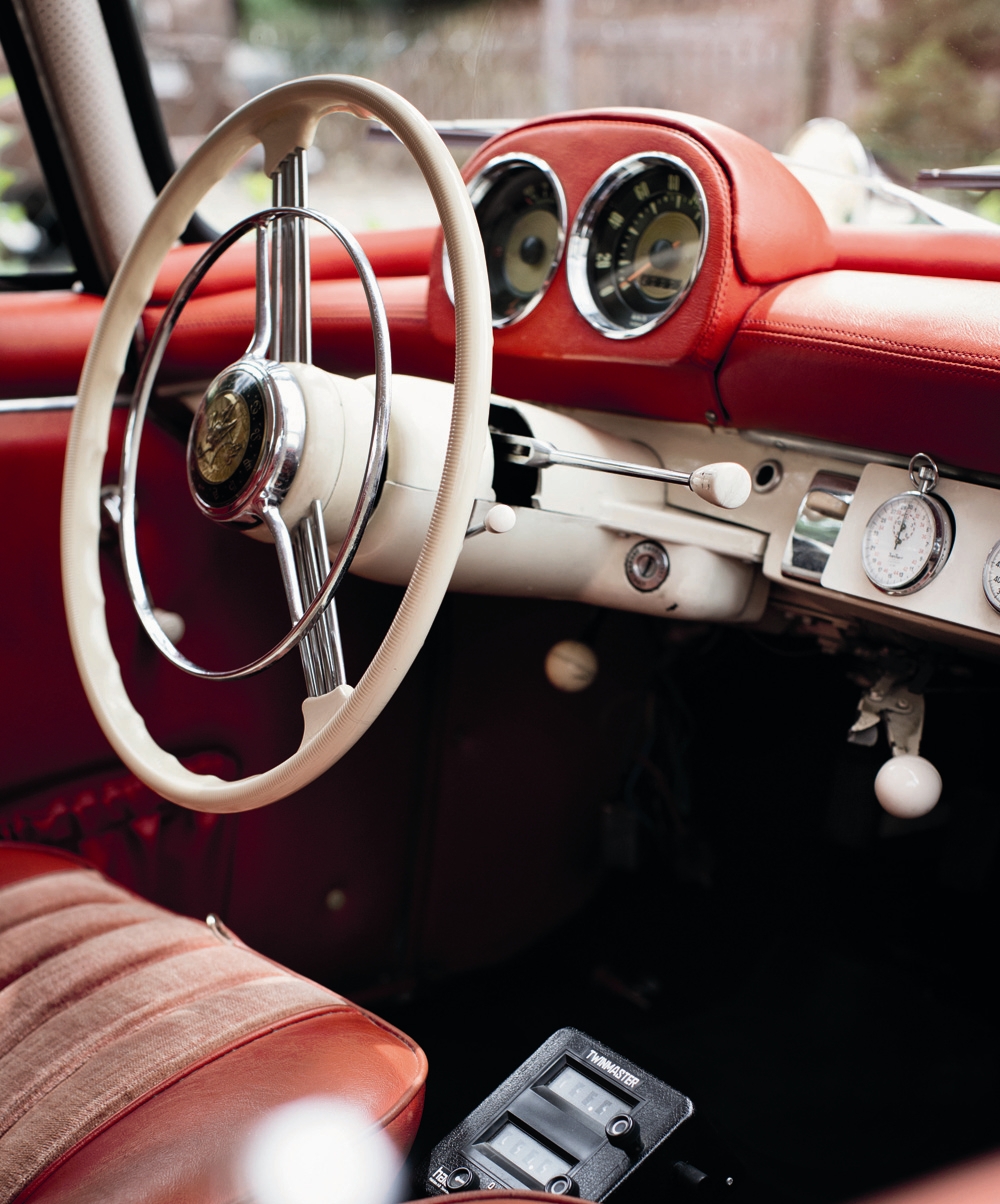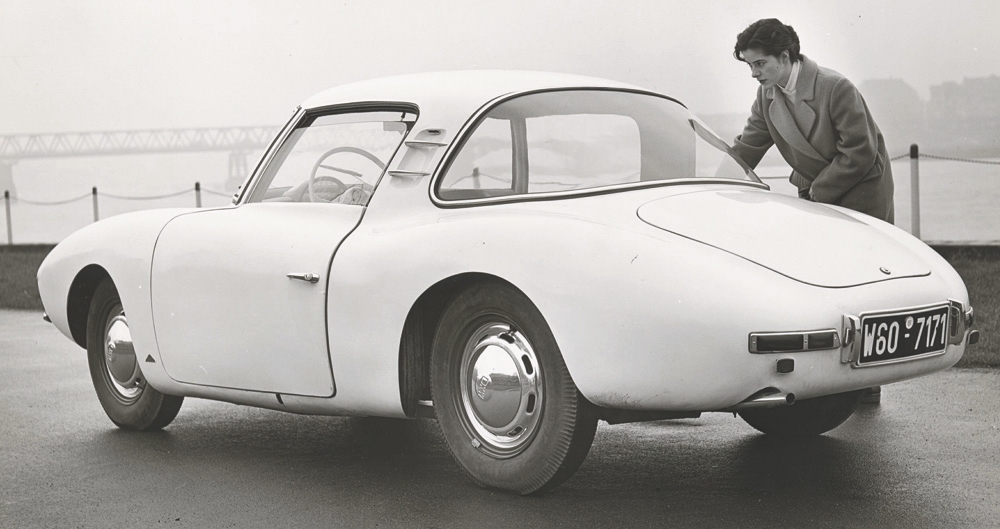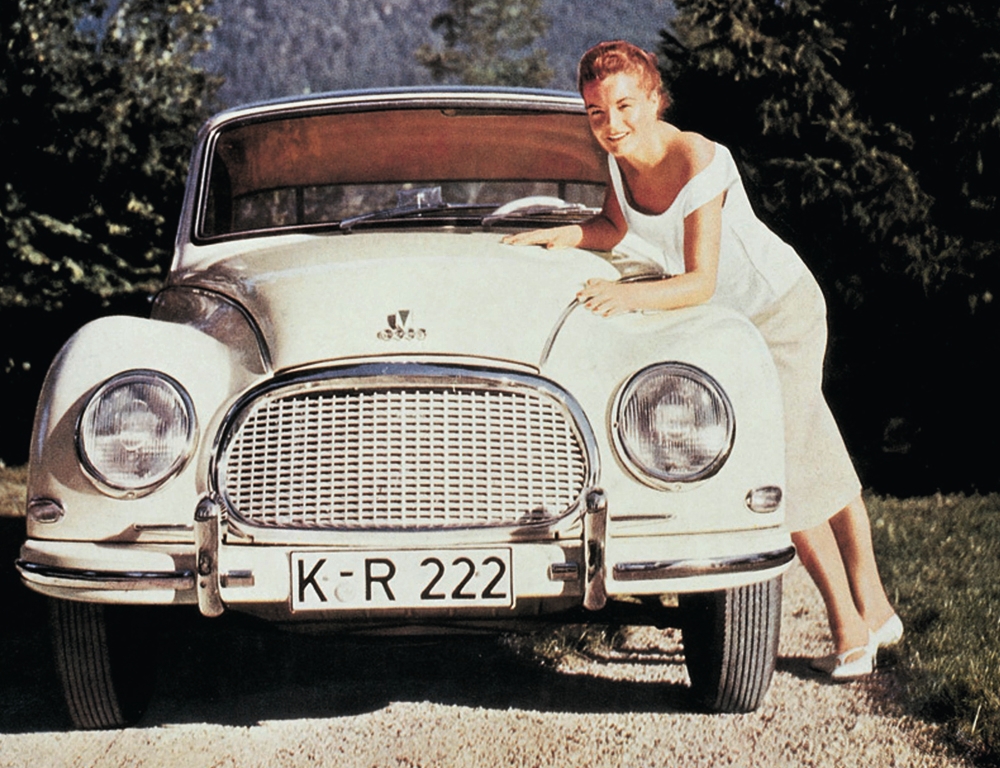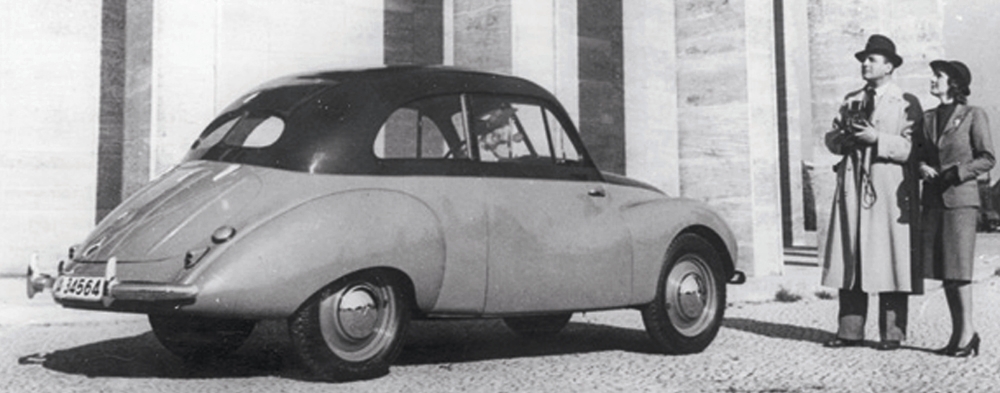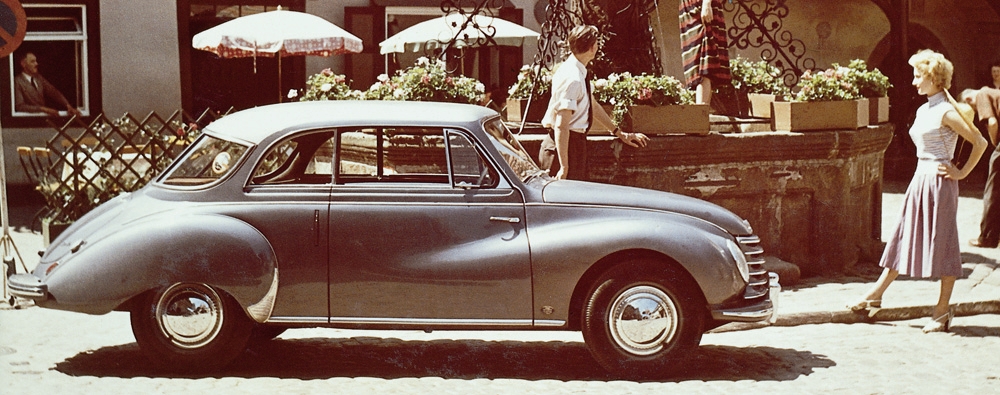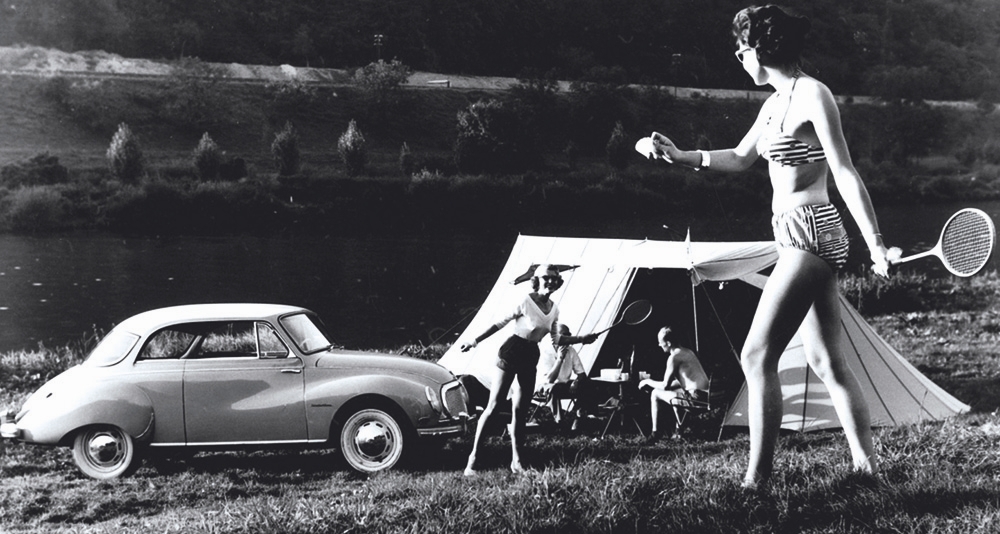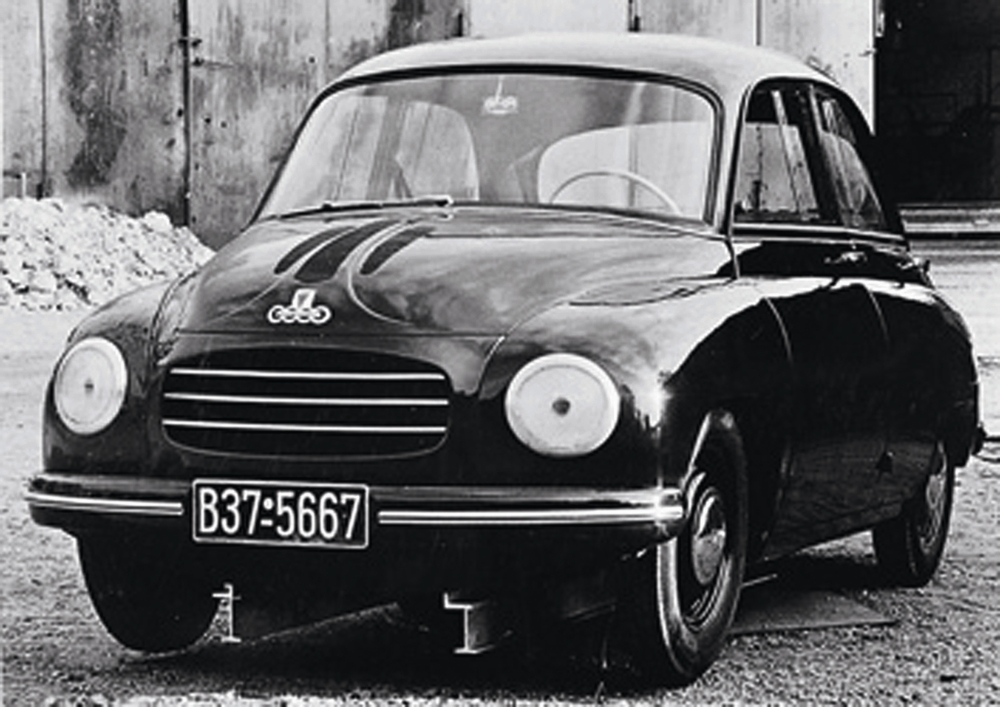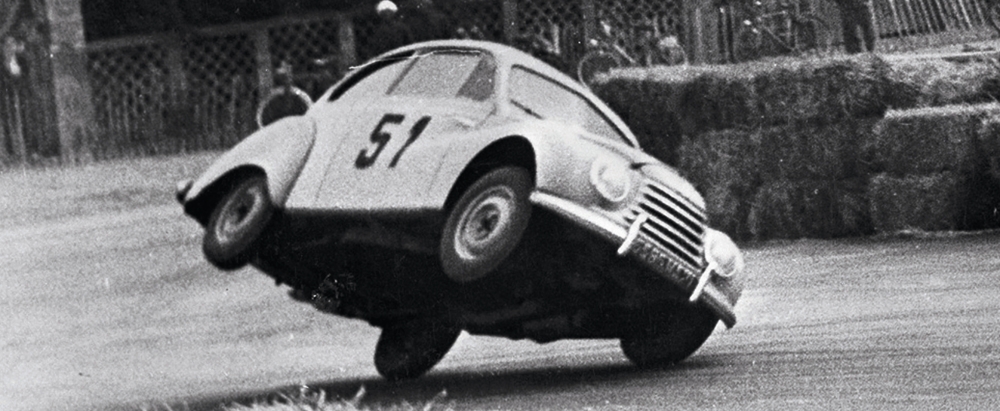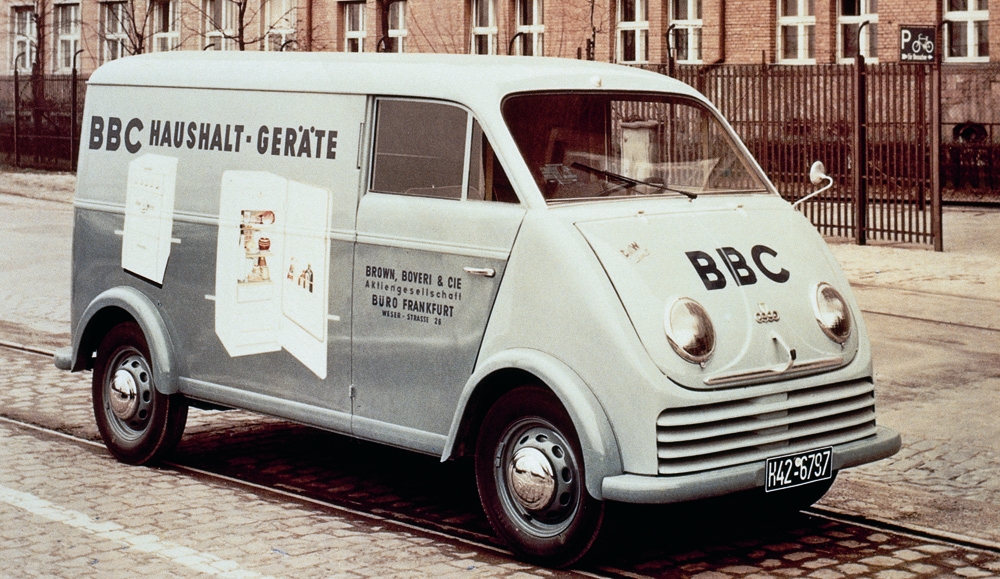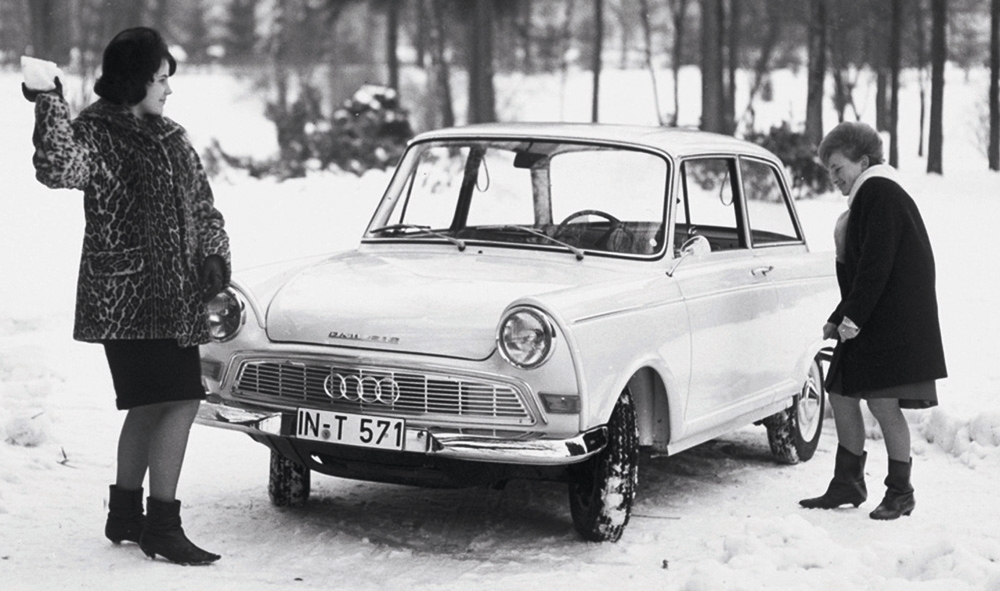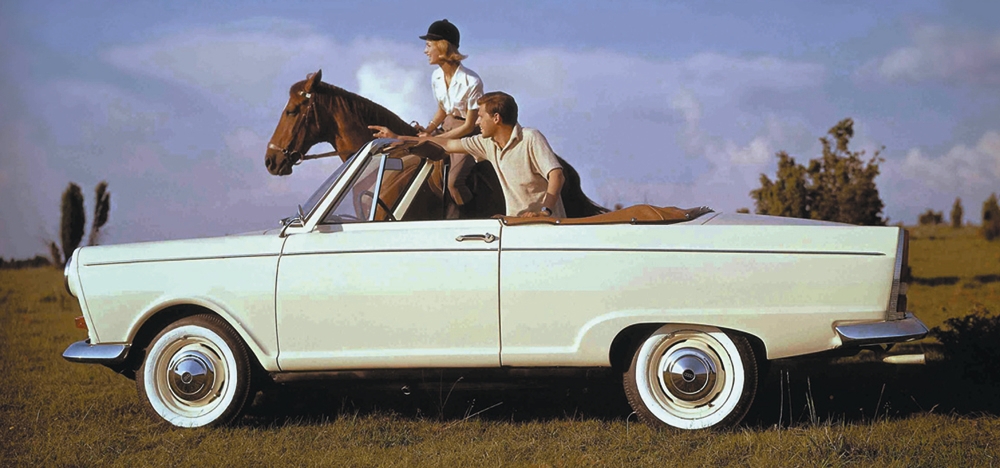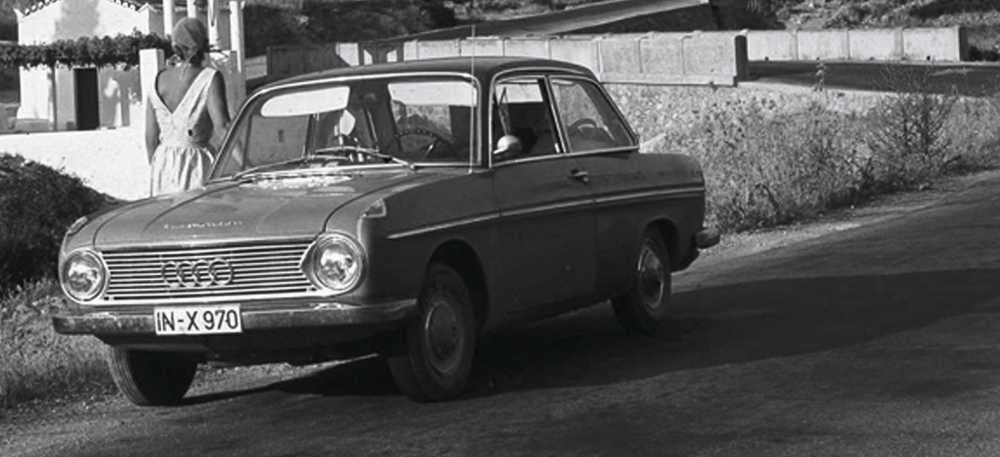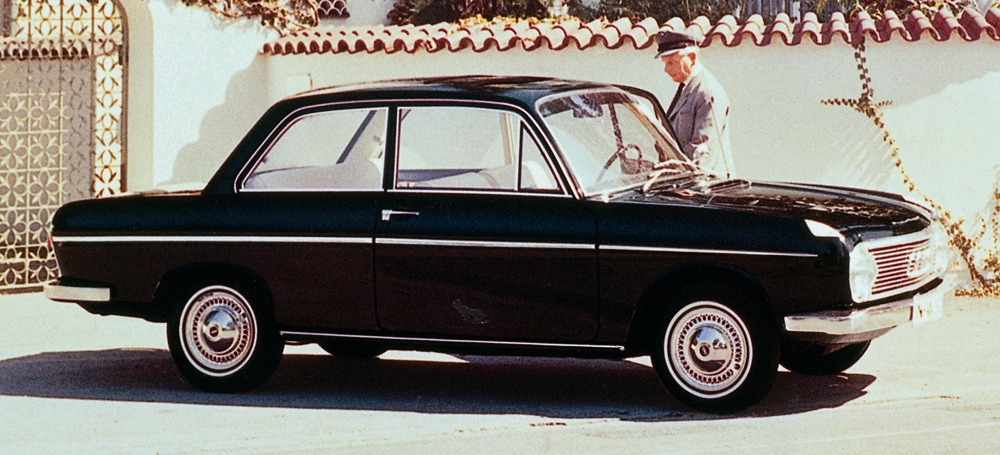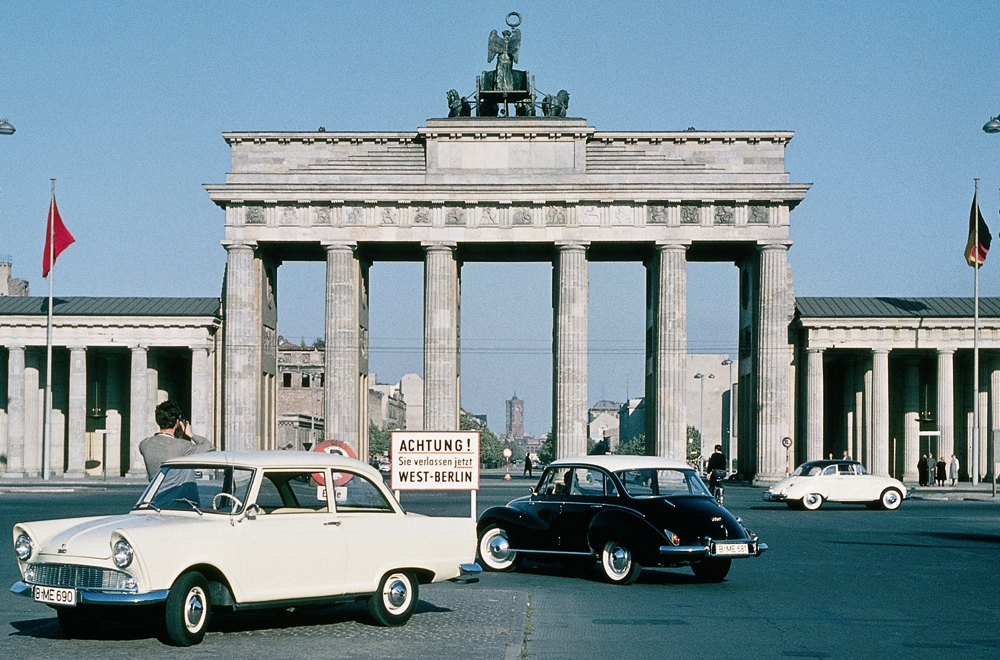|
|
|
History of AUDI | Horch | DKW | Wanderer DKW Automobiles Image Gallery (1950s to 1960s)
DKW Meisterklasse Universal type F 89 S, from 1951. This vehicle represents the resumption of passenger-car production after the Second World War. This DKW estate car is unusual in many respects. Its visible wooden structure behind the anecdote attributed to an American couple touring Germany in the early 1950s, the idea of the timber-bodied estate car actually originated in the USA. This type of car, known as the "woody", had been around there since the 1920s and was particularly popular with farmers. In Germany, this practical multi-purpose vehicle was especially popular with tradesmen and small businesses because of its large load area. The DKW Meisterklasse Universal was one of the first vehicles to be built by the newly established Auto Union GmbH in Ingolstadt after the Second World War. The war-damaged production halls there were a hive of activity, all focused on the resumption of production. The first post-war products by the company with the Four-Ring badge were the DKW high-speed delivery van F 89 L and the DKW RT 125 W motorcycle. The only thing missing from the production range was a passenger car. When the DKW F 89 P Meisterklasse was unveiled to journalists in May 1950, it was greeted as a sheer sensation: in many respects, it was an "old friend". The technology of the new DKW passenger car, with front-wheel drive and two-cylinder, two-stroke engine, was based on the pre-war F 8 model; its body adopted the key traits of the F 9 streamlined prototypes from 1939. The type designation chosen for it – F 89 – thus reflected this dual heritage. The moniker "Meisterklasse" was likewise intended to evoke the successful pre-war models. Volume production of the new DKW estate car commenced in August 1950 in Düsseldorf, where Auto Union operated a second plant until 1962. Auto Union GmbH added an array of other models to its product range in time for the first Frankfurt Motor Show in April 1951. Alongside the two-seater coupé, of which a cabriolet version was also available, the DKW F 89 Meisterklasse Universal estate car was particularly notable for its visible wooden structure, a highly unconventional feature on a German-built car. Of the 4,285 specimens originally built, only a handful have survived.
Dream car - the DKW 3 = 6 in front of a holiday backdrop, for advertising
DKW 3 = 6 Sonderklasse Cabriolet, Type F91, 1955
DKW 3 = 6 Sonderklasse Cabriolet, Type F91, 1955
This sporty DKW came onto the market in 1956 and set five world records in the class up to 1,100 cc in the very same year at the Mille Miglia
With plastic body - the DKW 3 = 6 Monza set some speed records in 1956
DKW Monza, sports car from the post-war Auto Union
Advertising in the fifties - Romy Schneider and the DKW F93 photographed 1957 for the dealer magazine
DKW F9 - the F9 had a state-of-the-art streamline body. The Second War prevented its production. It wasn´t until the post-war years that the DKW embarked on a delayed career.
DKW F89 Meisterklasse Cabriolet; two-cylinder two-stroke engine; 700 cc, 23 bhp.
DKW 3=6 Sonderklasse Typ F91 Luxus Coupé; three-cylinder two-stroke engine; 900 cc, 34 bhp
Vacation in the 1950s - Camping with the DKW 3 = 6 Coupé
The DKW FX prototype of a microcar. It never went into production
The DKW cars were successfull in the 1950s rallye championships
DKW 3=6 (F 800/3) rapid delivery van, three-cylinder two-stroke engine, 900 ccm, 32 bhp, 1955
DKW3 = Pininfarina - in 1956, Pininfarina built this chic coupé with an aluminium body as an one-off on the basis of the DKW 3 = 6. The Auto Union deliberated over series production, but rejected the idea for reasons of cost.
New design - the 1963 DKW F12 was a modern small car
For sports fans - the DKW F12 Roadster posessed a lot of charme, 1964
DKW F102; three-cylinder two-stroke engine; 1200 cc, 60 bhp.
DKW Junior; Three-cylinder two-stroke engine; 750 cc, 34 bhp. History of AUDI | Horch | DKW | Wanderer
|
|
Home < Audi < Audi Cars < Audi History
|
